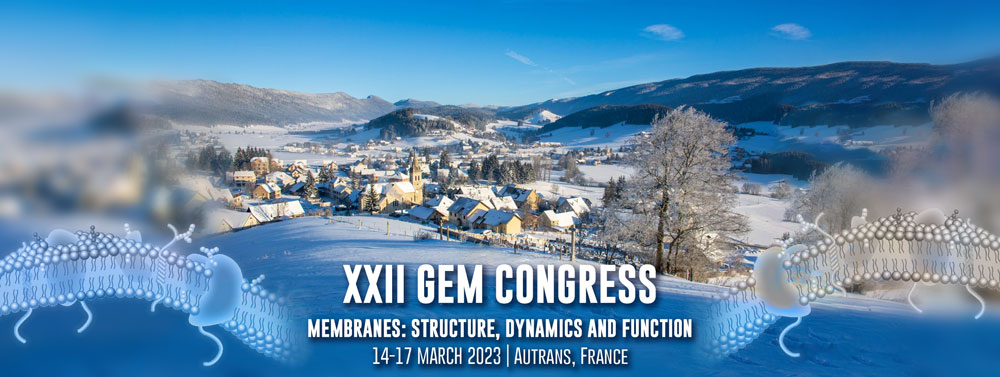Speaker
Description
The outer membrane of Gram-negative bacteria is compositionally asymmetric with LipoPolySaccharides (LPS) covering most of the outer membrane surface, while phospholipids compose the inner leaflet. LPSs form a highly impermeable barrier and are an important factor in bacterial virulence; their high structural variability and tight assembly protect bacteria against the uptake of antimicrobials and host defences. These complex glycolipids are detected by the immune system: the TLR4 system recognizes the lipid A moiety of LPS, while C-type Lectin Receptors (CLRs) and antibodies interact with the glycan part. They are also exploited by phages, bacteriocins and antibiotics to reach their main target. Glycolipids are difficult molecules to study due to their hydrophobic nature and their arrangment in solution that does not resemble to their natural environment. We have exploited recent advances in the technology of amphiphilic nanodiscs that enable the formation of nanodiscs either from purified LPS or directly from the outer membrane of pathogenic and non-pathogenic bacteria. To validate that the LPS nanodiscs constitute a viable model for the study of structure, dynamics and interactions of LPS, we report their study by several biophysical methods. We have shown that LPS nanodiscs can be formed routinely and form stable objects with relatively good monodispersity. They can be studied at atomic scale by Magic Angle Spinning NMR spectroscopy, and immobilised on different media to study their interaction with proteins and antibiotics by Quartz Crystal microbalance and Biolayer Interferometry. LPS nanodiscs are so far the best platform to study interactions interactions occuring at the cell surface of gram-negative bacteria and open interesting perspectives for the study of multiresistant gram negative bacteria.
| Session | Glycobiology |
|---|

